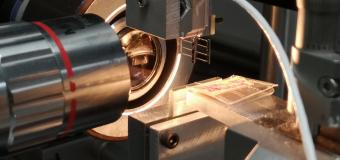The institute
FEMTO's events
Image

PhD Defense
Elie GEAGEA : On-surface chemical reactions studied by STM under UHV
Thursday 21st April 2022 - 2:00 PM
Amphi RT2 Département Réseaux et Télécom Montbéliard











